‘We make place, and our actions influence how place is shaped and develops,’ reflects multidisciplinary artist, Dr Trevor Borg. Place is a multilayered term that has been used in various contexts over the years. While place and space often converge, they each carry distinct characteristics. How do the specificities of place and space emerge through contemporary art?
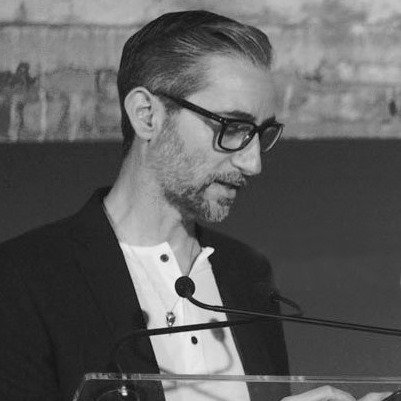
A recurring link is present across the various media Dr Trevor Borg has worked with in his artistic career, tackling visual and tactile elements (in drawing, painting, sculpture, film, and installations). Borg imbues his work with a conscious intent to critique Malta’s ongoing political narrative through poetic means. The ever-hungry trajectory our islands have been saddled in – to erode their natural heritage for concrete and coin – conjures a space where no living thing really belongs. As such, he posits the concerning reality of a growing absence of nature. The concept of life is fractured. Our mark on the world can flitter out into a fading memory. The here and now possesses a liveliness that is withering and soon to be done away with.
A Pool of Darkness
The ultimate fate of any being is inevitably extinction. This comes with a haunting certainty that uniquely needs no backing. Borg’s Cave of Darkness affirms this resolution. With greed and the self-sabotaging inclination to take and never give, a species (any species) may arrive at that point of no return where they must accept their total ruination and end. They become bones, or perhaps even less than that – a false representation of what they had been, moulded together by whatever beings succeed them.

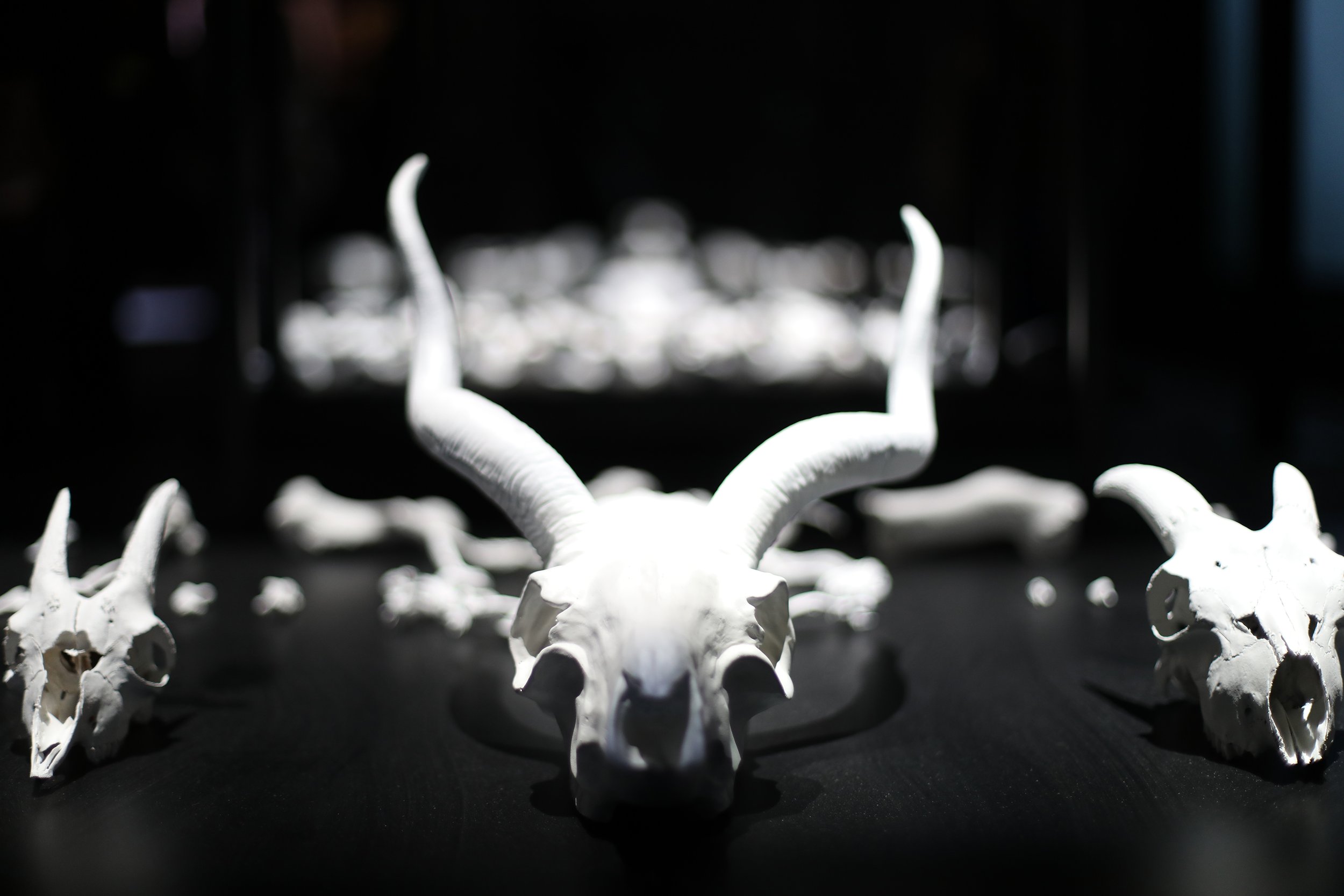
This is a disturbing end that Cave of Darkness – Port of No Return warns against. The narrative he presents in the installation hosted at the 58th Venice Biennale (2019) envisions a long-lost civilisation laden with dead and hollow things. Fake and fictitious bones are mixed in amongst the real remains further solidify the undeniable truth – decay of life and worse, its misrepresentation. Fragments of lost cultures and unearthed artifacts sit alongside animal remains without any distinction, reminiscing the non-taxonomic cabinet of curiosities. The installation, composed of all-white objects, references Għar Dalam and it intertwines fact and fiction to subtly present a critical commentary on fake news and the challenge of navigating today’s overwhelming flow of information.
Animals are depicted not in their liveliness but as a dead array of bones. Likewise, humanity’s intelligence is rendered insignificant with the skulls of resin. All bones are consumed in a pool of black – the devouring unknown that draws anything and everything into discomforting obscurity and irrelevance. What a blow to the ego, no less to the pride, of any living being. In moving with such unchecked ambition, humanity may lead itself to this same state of annihilation, troublingly taking more than just itself along with it.
The Politics and Poetics of Place
Borg is no stranger to political commentary, and perhaps this idea of conflict is best represented through Crossfire – Concerning the nature of our culture. The 9000 shotgun cartridges that make up the installation serve as a reference to Malta’s 2015 Spring Hunting Referendum. The problem posed by this referendum, as in any conflict, is that both sides seem to want something that denies the wants of their opposers. Those against spring hunting argue that they want to preserve nature, while those in favour want to preserve their nature (meaning, their culture, and who they are as people). But is the inherent nature of our islands not part of one’s culture?
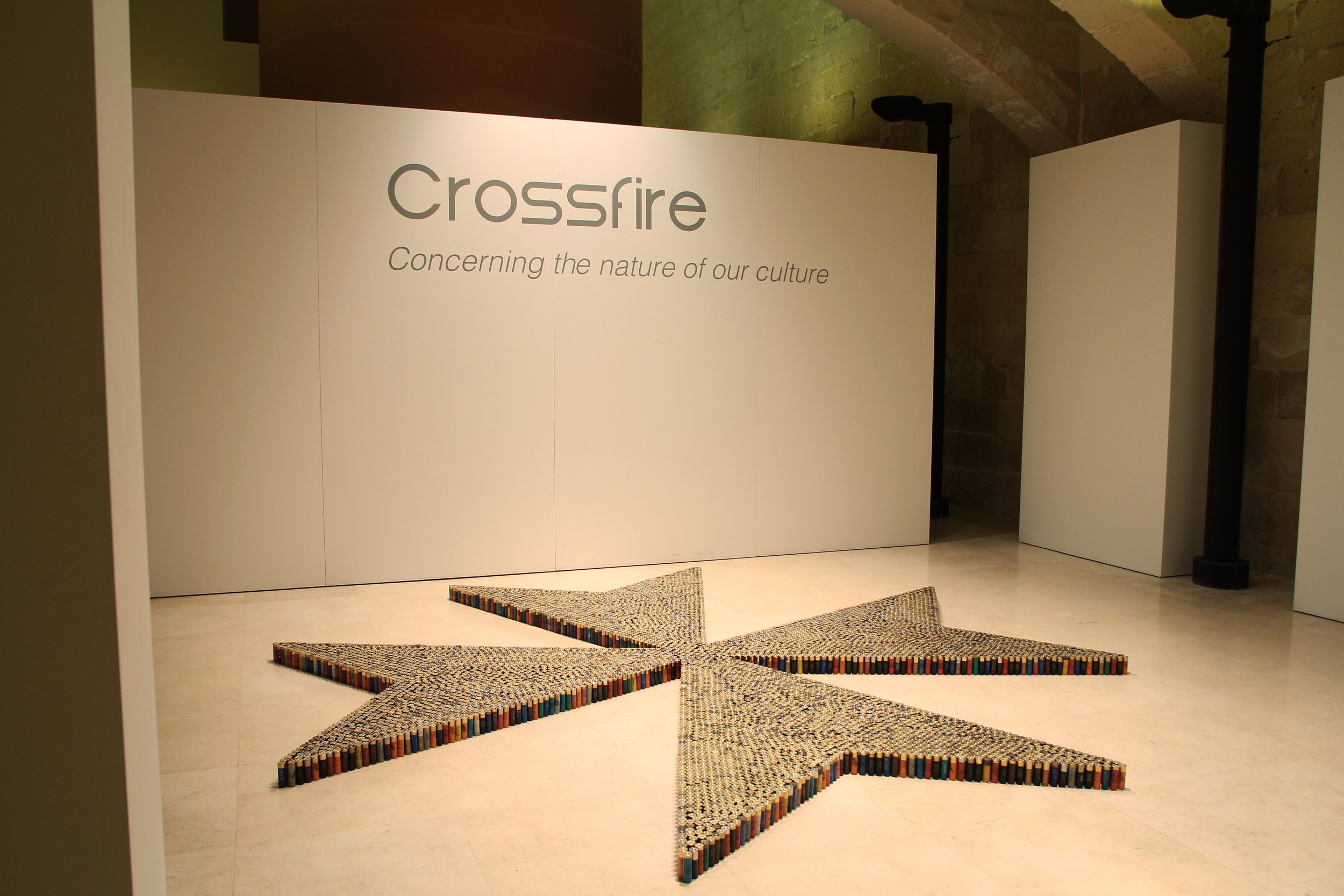
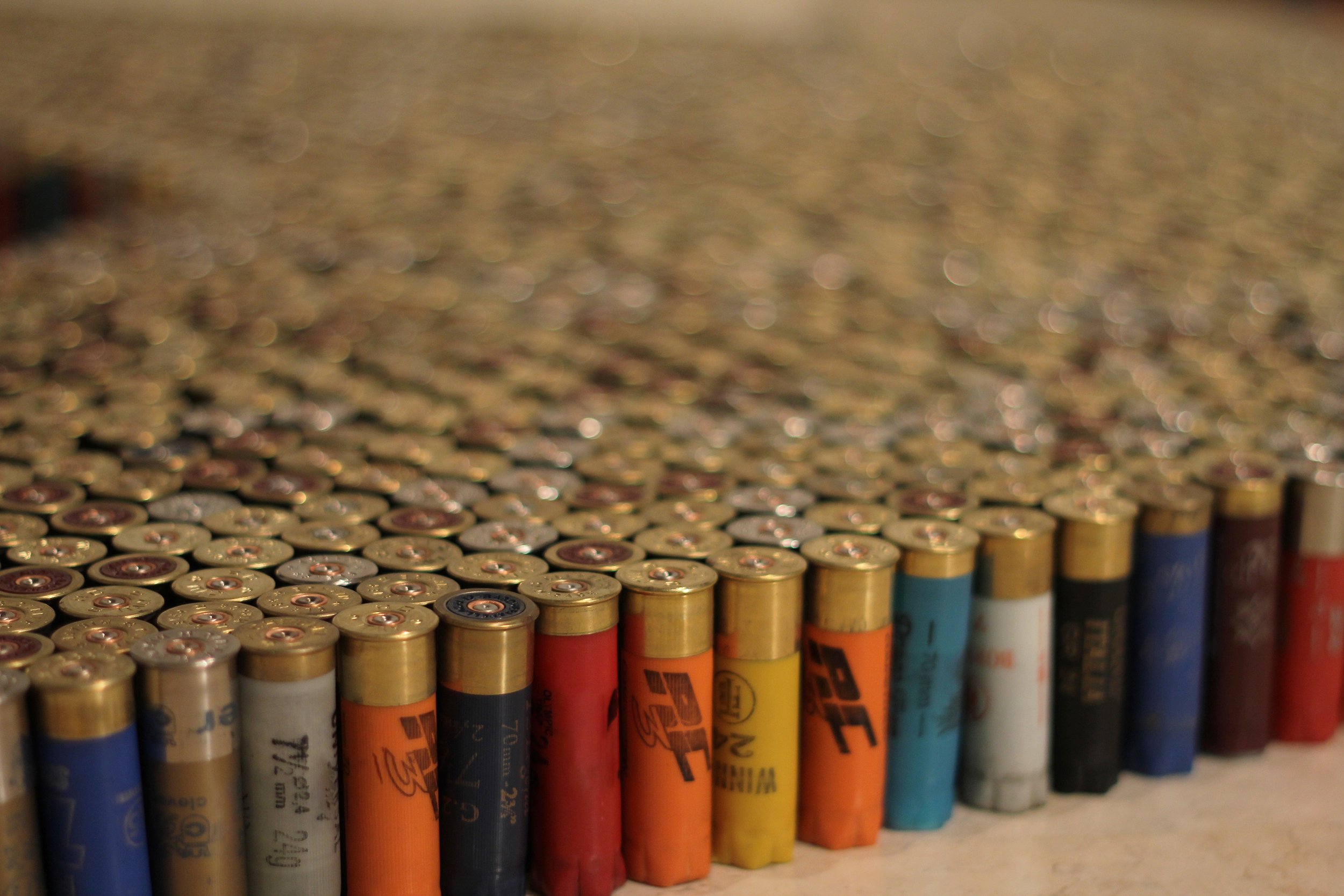
Why kill animals when they serve, quite literally, as the baseplate for our islands and ourselves? Animals make Malta – fossils constitute the very rock that builds our homes, thereby protecting us so that we may be safe. This same rock makes the island as a whole. So, to kill animals is to kill what makes Malta – what makes us. ‘When you start to share your space with an animal, you become more sympathetic to their needs. They make you see things you wouldn’t necessarily think about,’ reflects Borg. But really, are we so different from them? What makes us think we are more important than the rest of creation? Is it our chokehold on permitting what is and what isn’t? Or is it a desperation to elude our own flaws and limitations? Crossfire invites reflection on the ecological impact of tradition. By referencing history through the symbolism of the eight-pointed cross, it questions contemporary society’s perception of certain practices within the broader context of sustainability.
Looking at Borg’s Olea puts the situation of the here and now into perspective. The installation’s protagonist attempts to form and protect her heritage through fragments of the past. Yet as she slowly drags her antique jug by the water, I only see Sisyphus in his eternally vain struggle. Olea drags the amphora with difficulty, but the waves are unrelenting. The water pushes perpetually while the human struggles. Are we really then the apple of creation’s eye? Olea weaves together historical layers to offer a subtle yet critical commentary on the state of our environment – not only in relation to nature, but also through the presence of ruins, highlighting the urgent need to preserve the past as a means of securing the future.
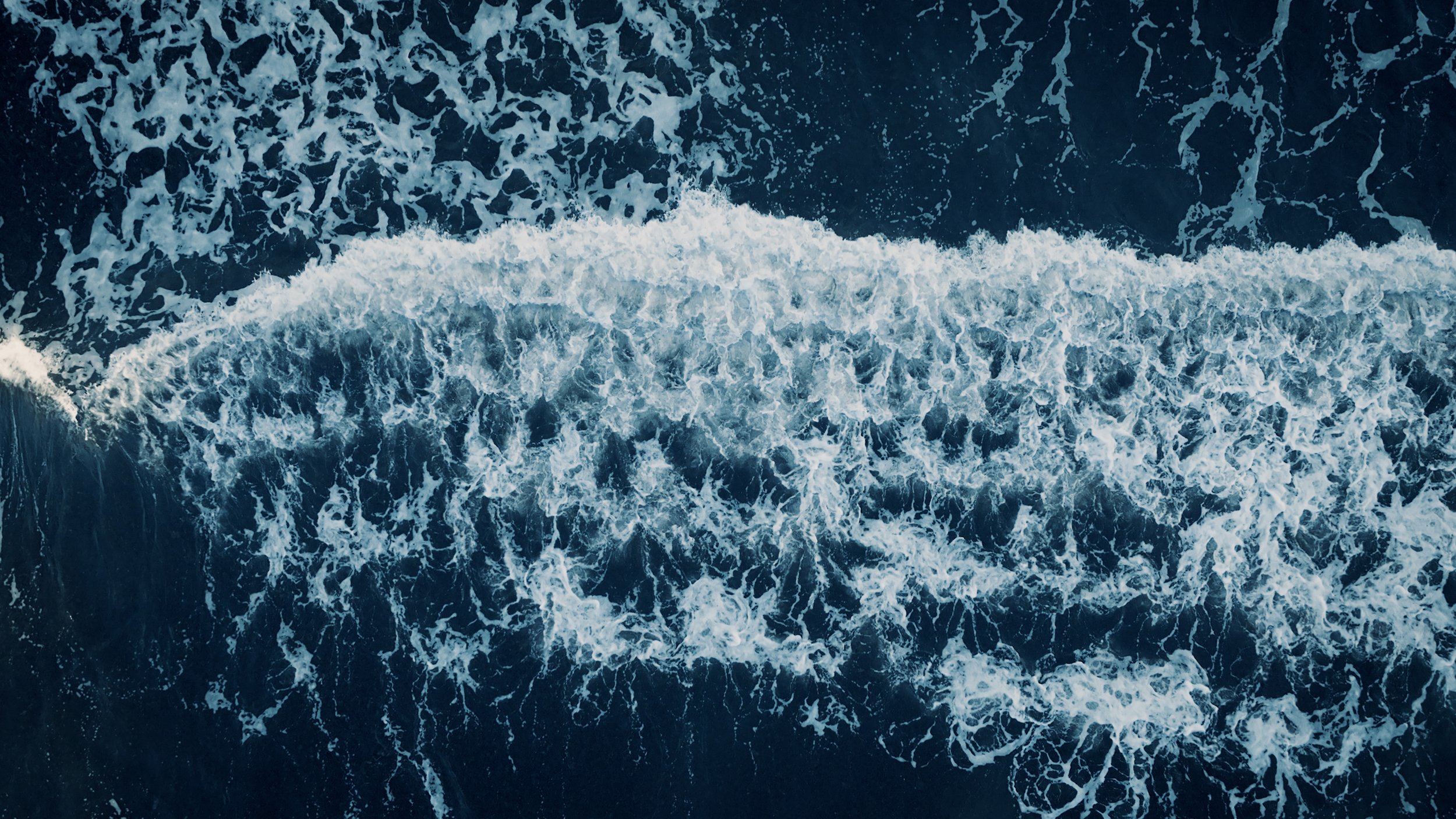
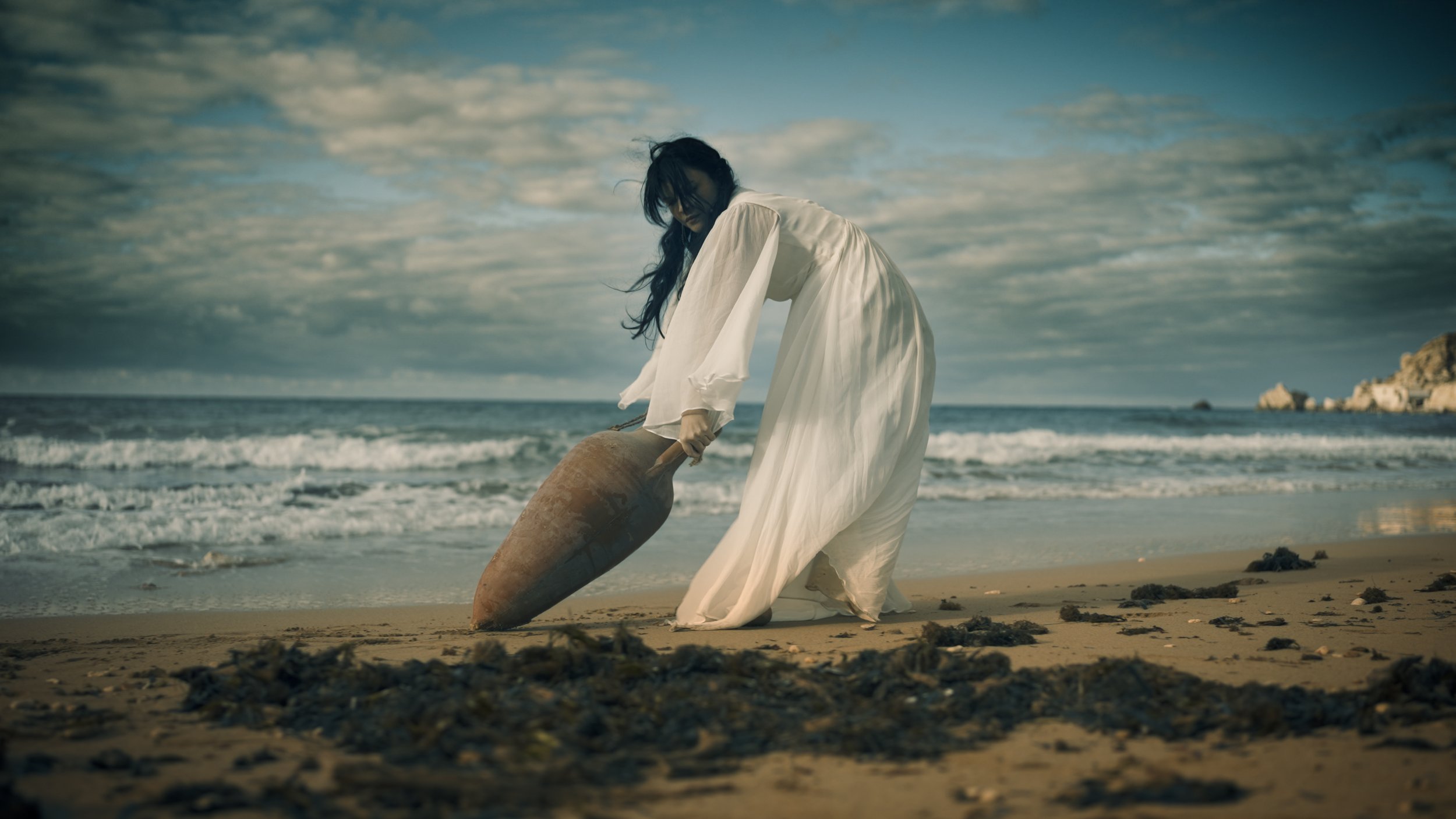
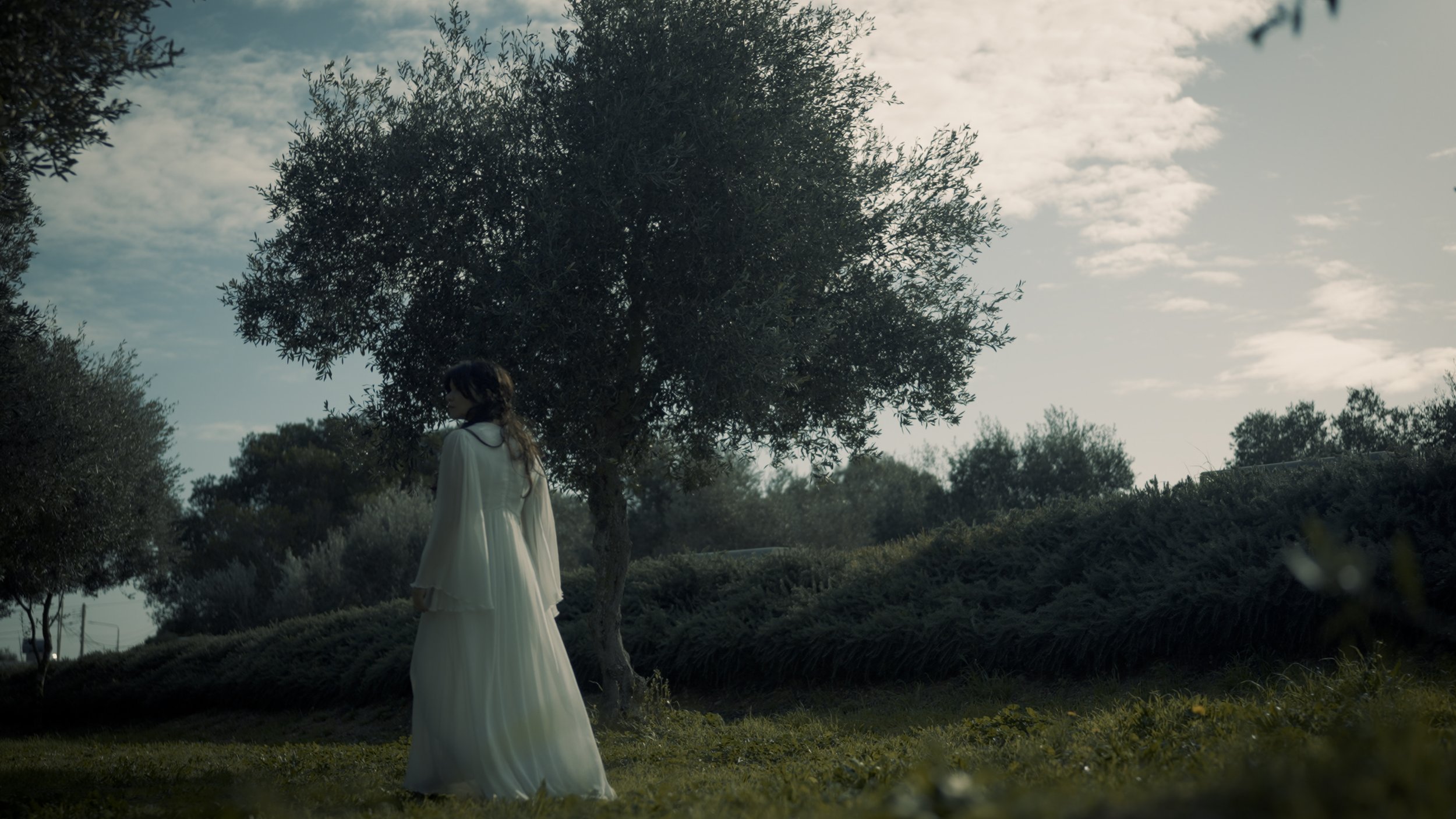
Best Before End: Look, or Shut Your Eyes for Good
Animals and art have something in common – they’re better present than absent. Who might say otherwise? Who thinks themselves highly enough to view themselves as entirely self-sufficient?
Look. A sole individual does not decide what’s important and what isn’t. Look at what’s in front of you. Look at what’s beside you, even behind you. Everything is there for a reason, for good or bad. We need to treat creation with respect, and the first way to do this is to step down from the heights our minds take us to and recognise ourselves as placed. A deep awareness of our surroundings may only serve to help us – this could be the basis upon which we stay grounded (and hopefully, move towards a more sustainable way of living that promotes our longevity, as well as that of everything that we share our place with).
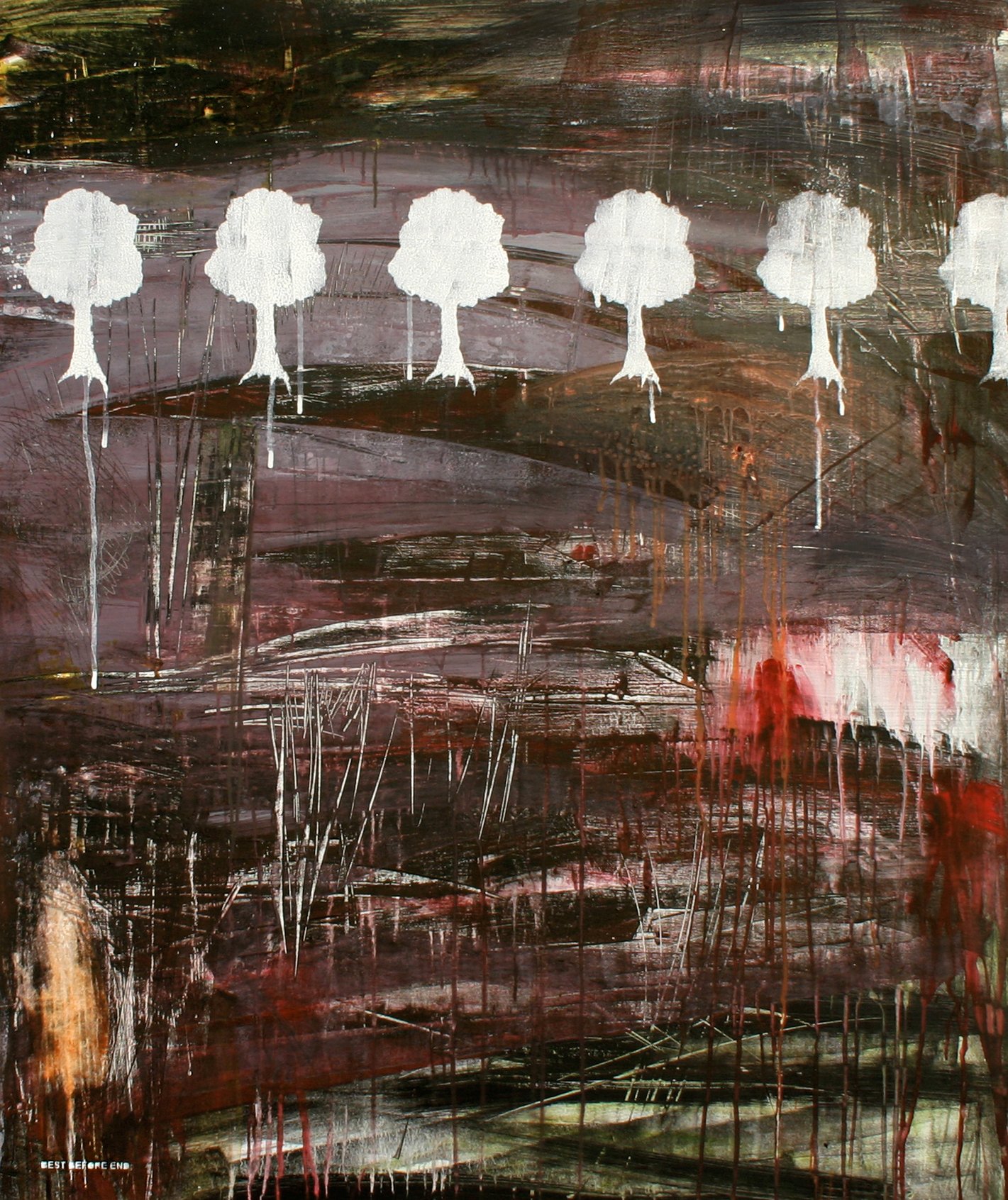
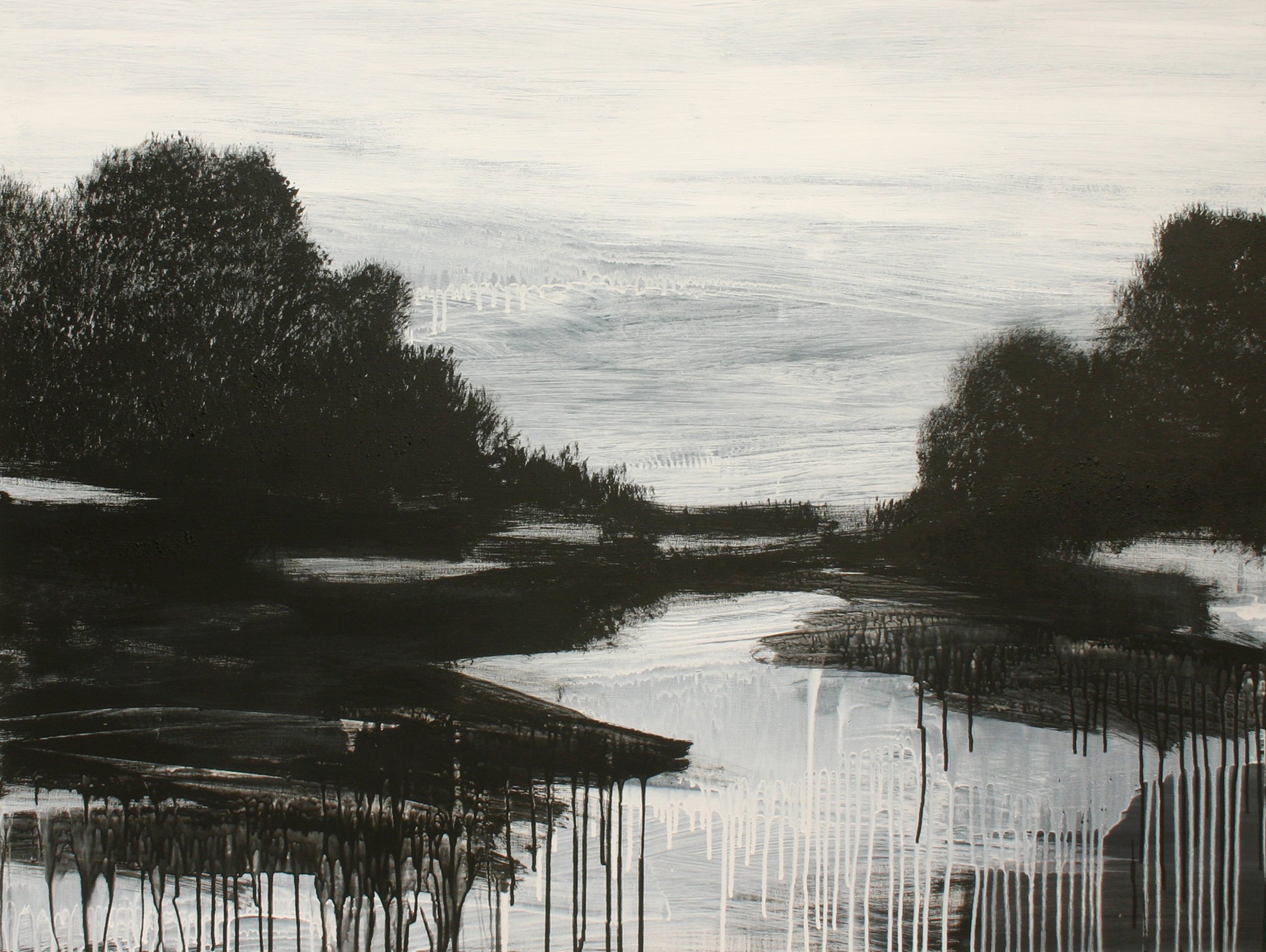
To put it simply, look. We are not alone. We need to care for our space, and those we share it with. Otherwise, what? A bleak future. This is perhaps just one interpretation to be made from Borg’s Placeness, but I feel it paramount nonetheless to mention here.
If we neglect nature and offend it, perhaps it may yield. That is the most worrying prospect – life decaying to a withered slush of grey, a bitter trace of what it had once been. How fitting then are the drawings in Borg’s Traces of Place to depict this – places shrouded in a darkened mist of charcoal. This is a darkness produced by just one tool of careless pollution, a ruination caused by one’s inability to look, an end that aims only to devour us. What are we if not bones and words? Would we really dare to reduce ourselves further than this?
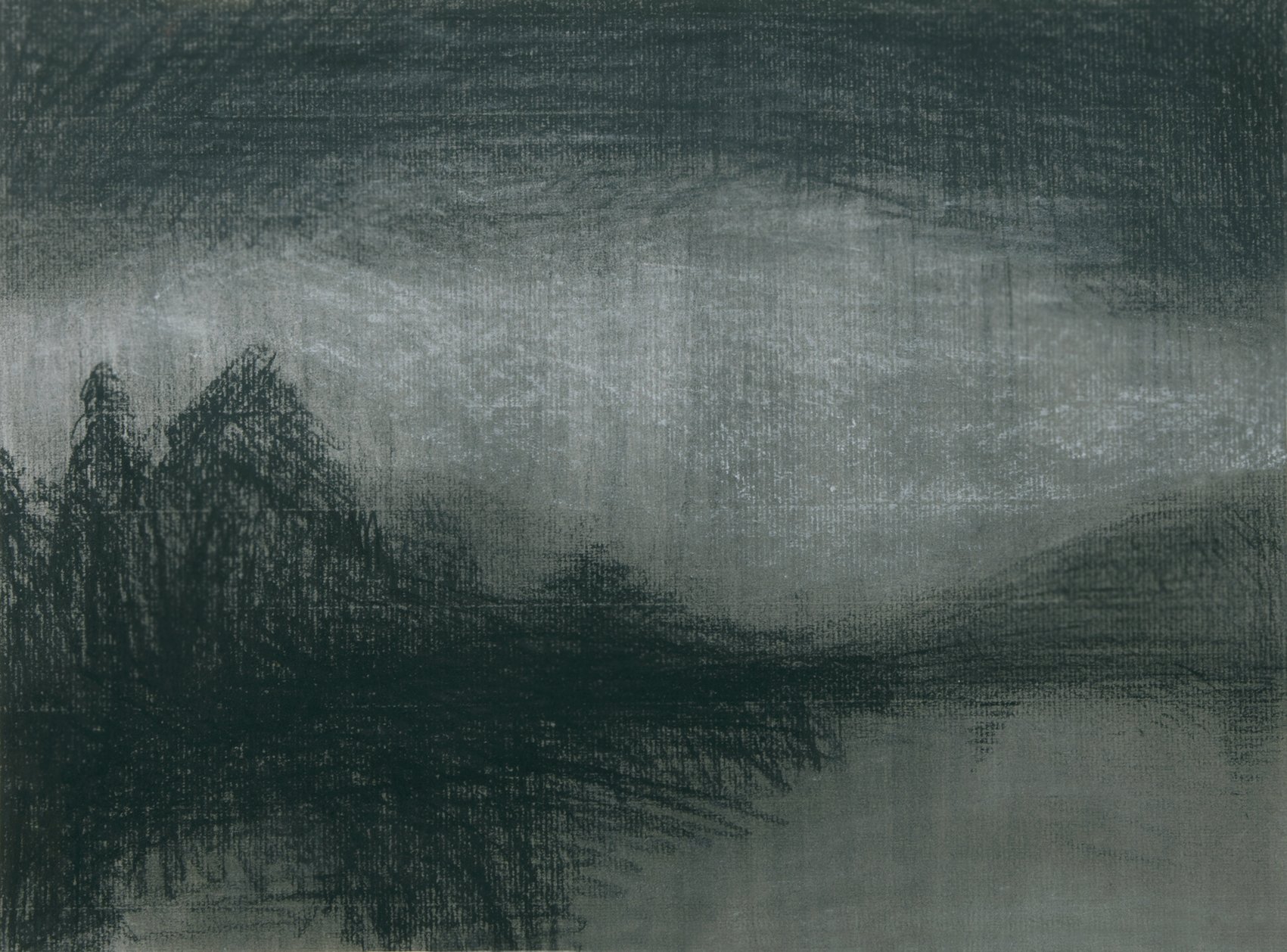



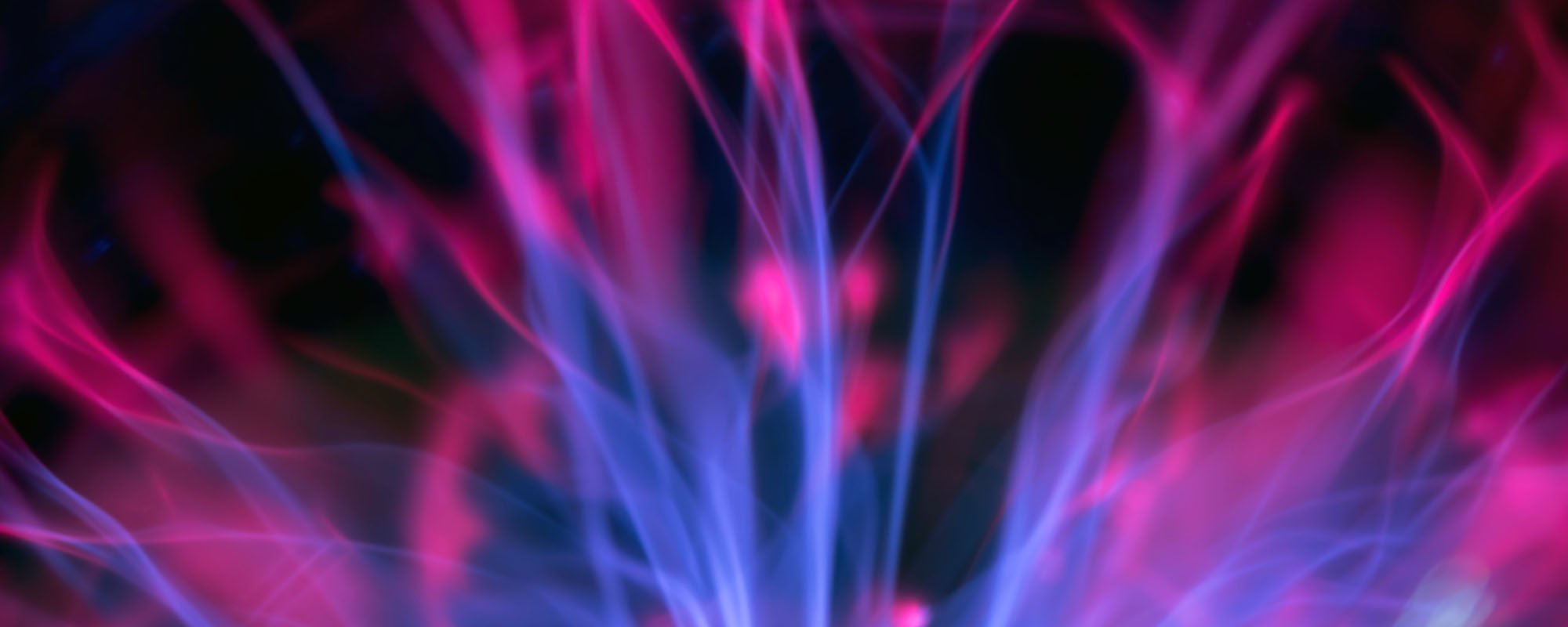

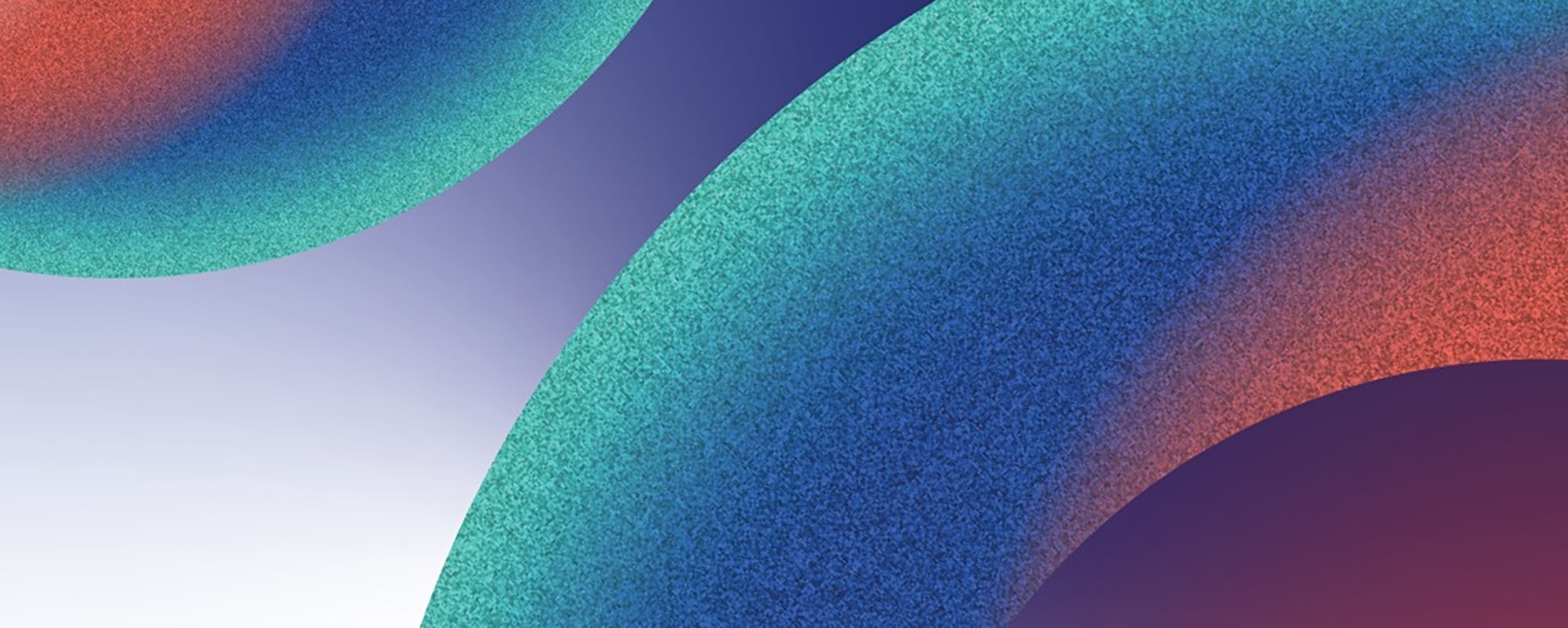
Comments are closed for this article!